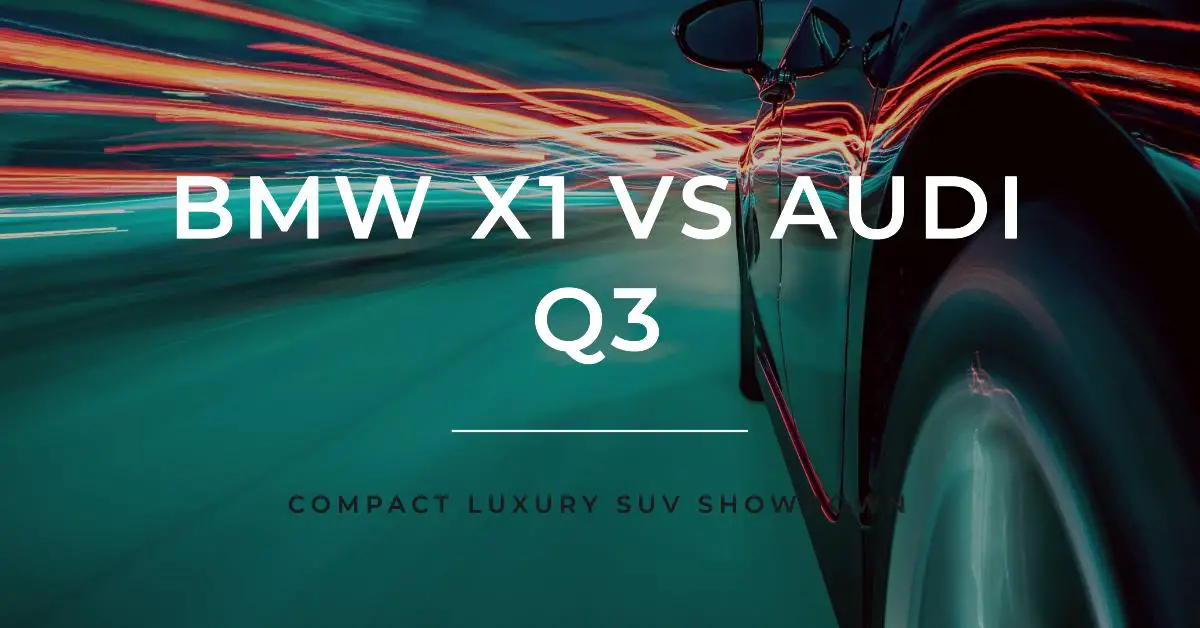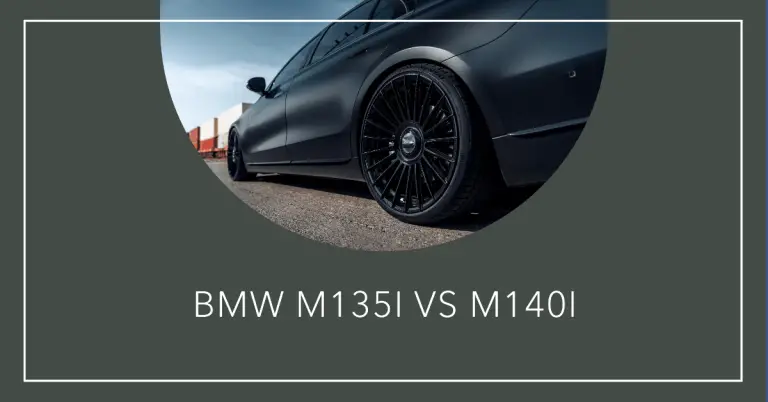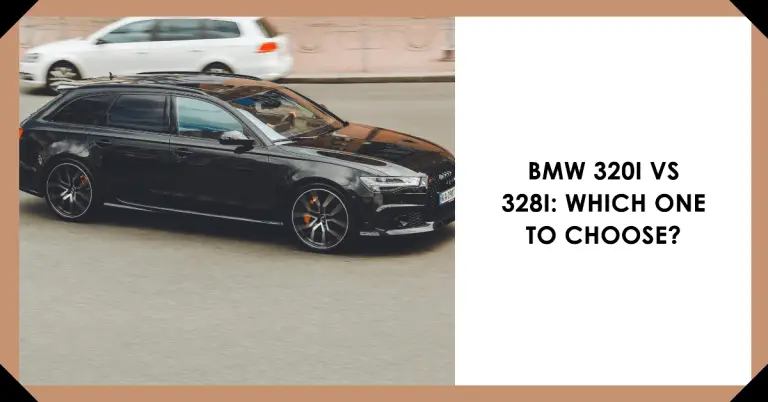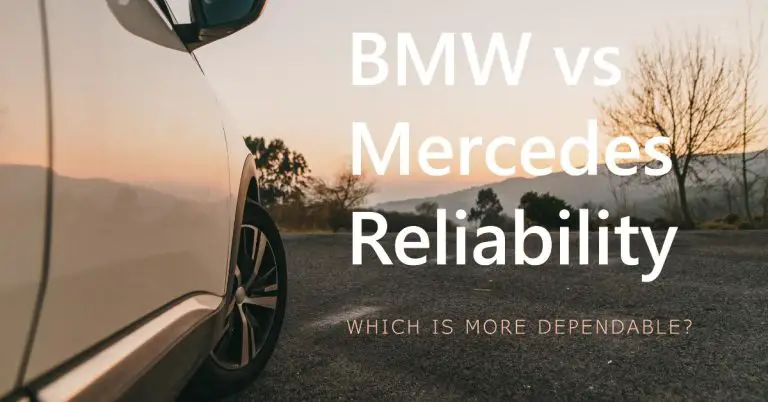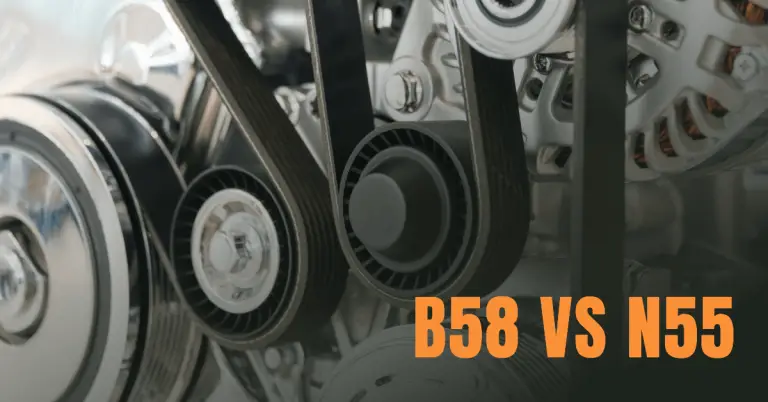BMW X1 vs Audi Q3: Compact Luxury SUV Showdown
Drivers seeking a premium compact SUV are faced with an abundance of choices in today’s market. Two models that consistently rank among the top contenders are the BMW X1 and the Audi Q3. Both offer a compelling blend of luxury appointments, sporty performance, and versatile utility – but which one truly reigns supreme? The BMW X1 edges out the Audi Q3 with its slightly more powerful engine options, roomier cabin, and better fuel efficiency, though the Q3 counters with a more comfortable ride and arguably sleeker styling.
In this in-depth comparison, we’ll break down every crucial aspect to help you determine which of these two class leaders best suits your needs and preferences. From exterior design and interior opulence to performance capabilities and ownership costs, we’ll leave no stone unturned in our quest to crown a champion of the luxury compact SUV segment.
Design and Styling
When it comes to exterior design, the BMW X1 and Audi Q3 take distinctly different approaches that reflect their respective brands’ design philosophies. The X1 cuts an imposing figure with its tall, upright stance and muscular proportions. Its large kidney grille and angular body lines exude a bold, almost aggressive presence on the road.
In contrast, the Q3 embraces a more sleek and understated aesthetic. Its sloping roofline and tapered rear give it a coupe-like silhouette that prioritizes style over sheer road-presence. While more subdued than the X1, the Q3’s design is undoubtedly elegant and timelessly handsome.
Moving inside, both cabins exude a premium ambiance befitting their luxury pedigrees. The X1’s interior is a masterclass in contemporary design and material quality, with a clean, horizontal dashboard layout and a spectacular curved display housing both the digital instrument cluster and infotainment screen.
The Q3’s cabin, though beginning to show its age compared to the X1’s cutting-edge design, still impresses with its angular detailing and excellent fit-and-finish. Audi’s trademark minimalism is evident throughout, creating a space that’s modern yet understated.
Both models offer robust infotainment systems with crisp displays and comprehensive feature sets, including standard wireless Apple CarPlay and Android Auto integration. However, the X1’s curved display and latest iDrive 8 interface give it a slight edge in terms of visual wow-factor and usability.
Performance and Driving Experience
Under the hood, the BMW X1 and Audi Q3 offer a range of turbocharged four-cylinder engine options that strike an impressive balance between performance and efficiency. The X1’s lineup tops out with a potent 2.0-liter turbo making 241 horsepower and 258 lb-ft of torque, while the Q3’s most powerful mill is a 228-hp version of the same 2.0-liter engine.
While the X1 holds a slight power advantage, both SUVs deliver plenty of punch for merging onto highways and passing with confidence. The X1’s greater torque output does make it feel slightly more eager off the line, but the Q3 is no slouch either.
Where these two really diverge is in their respective driving experiences. The X1 embraces BMW’s renowned “Ultimate Driving Machine” ethos, delivering precise, communicative steering and a planted, athletic demeanor through corners. Its stiff suspension tuning does translate to a firmer ride quality, but keen drivers will appreciate the X1’s eager responsiveness and rewarding handling character.
In contrast, the Q3 takes a more comfort-oriented approach, favoring a plush, insulated ride over outright sporting intentions. Its light, numb steering and less eager chassis tuning make it feel more like a tall hatchback than a driver’s SUV, but passengers will likely appreciate its supple ride quality, especially over rough city streets.
When it comes to fuel efficiency, the X1 holds a distinct advantage thanks to its slippery aerodynamics and mild-hybrid tech. Front-wheel-drive X1 models can achieve up to 25 mpg city and 34 mpg highway, while the Q3 tops out at an estimated 22/29 mpg city/highway.
Practicality and Utility
One of the core reasons buyers flock to compact SUVs like the X1 and Q3 is their blend of maneuverability and everyday versatility. In this regard, both vehicles largely deliver, but a few key differences are worth noting.
The X1’s boxy proportions translate to a more spacious cabin with ample room for four adults to ride in comfort. Rear legroom is especially generous, making the X1 an excellent choice for families. The Q3’s sleeker profile does restrict rear headroom slightly, though it should still prove adequate for most buyers.
When it comes to cargo hauling, the X1 takes the lead with up to 57.2 cubic feet of total cargo space with the rear seats folded – an impressive figure for this class. The Q3 maxes out at 48 cubic feet, which is still respectable but falls behind the X1’s class-leading capacity.
Both SUVs offer handy split-folding rear seats that enhance their versatility, along with a variety of clever storage cubbies throughout their cabins. The X1’s longer wheelbase also affords it a smoother, more comfortable ride over bumpy roads compared to the Q3.
Safety and Driver Assistance
In today’s market, no vehicle can truly be considered a smart choice without a robust suite of active safety and driver assistance features. Fortunately, both the BMW X1 and Audi Q3 come equipped with an array of cutting-edge tech designed to help prevent accidents and mitigate their severity.
Standard safety equipment on both models includes automatic emergency braking, lane departure warning, and blind spot monitoring. The X1 gains an edge with its available hands-free semi-autonomous driving capability via the “Driving Assistant Professional” package.
When it comes to crashworthiness, both SUVs have earned top safety ratings from the IIHS and NHTSA. The X1 achieved a coveted IIHS TOP SAFETY PICK+ designation, while the Q3 missed out on the “+” distinction due to an “Acceptable” headlight rating.
Overall, buyers can feel confident in the safety credentials of either the X1 or Q3. However, the X1’s more comprehensive active safety options and slightly better crash test performance give it a slight upper hand in this crucial category.
Ownership Costs and Value
Of course, no vehicle purchase decision can be made without carefully considering the long-term ownership costs and overall value proposition. In this arena, the BMW X1 and Audi Q3 are quite evenly matched, with a few key distinctions.
In terms of initial purchase prices, the Q3 holds a slight advantage with a starting MSRP around $37,400 compared to the X1’s $40,500 base price. However, it’s worth noting that higher trim levels of the Q3 can easily eclipse the $50,000 mark when fully optioned.
Where the X1 makes up ground is in its projected fuel costs and residual values. Its superior fuel efficiency translates to lower annual fuel expenses, while historically stronger residual values mean the X1 could retain more of its value over time compared to the Q3.
Both BMW and Audi offer competitive warranty coverage, with the X1’s 3-year/36,000-mile basic warranty besting the Q3’s 4-year/50,000-mile coverage. However, Audi provides longer complimentary scheduled maintenance at 3-years/30,000-miles versus just 3-years/36,000-miles for BMW.
In the end, the ownership cost equation is a virtual toss-up between these two. The Q3’s lower starting price gives it an early advantage, but the X1’s superior fuel efficiency and stronger residuals help offset that over time. As always, your individual needs and financial situation will ultimately dictate which represents the better overall value proposition.
Trim Levels and Options to Consider
Given their premium positioning, the BMW X1 and Audi Q3 offer buyers a wide array of trim levels and option packages to tailor the driving experience to their exact preferences. On the X1, trim levels span from the base X1 sDrive28i up through the high-performance X1 M35i, with varying degrees of luxury appointments and powertrain choices in between.
For most buyers, the well-equipped X1 xDrive28i strikes an ideal balance of performance, efficiency, and amenities. Options like the Premium Package (heated seats, head-up display), M Sport package (sportier styling and suspension tuning), and Driving Assistance Professional Pack are popular upgrades.
The Q3 lineup is slightly more streamlined, with Premium, Premium Plus, and top-tier Prestige trims comprising the core offerings. The mid-range Premium Plus hits a sweet spot by including conveniences like wireless charging, heated seats, and Audi’s slick Virtual Cockpit digital instrument cluster.
Those seeking maximum thrills can opt for the RS Q3, which packs a potent 394-hp punch from its turbocharged five-cylinder engine. However, this high-performance variant does come at a significant premium over the standard models.
Both the X1 and Q3 can be further personalized with a vast array of premium paint colors, upholstery choices, and stylish wheel designs to truly make the vehicle your own. When it comes to finding the perfect configuration, there’s no shortage of possibilities with either of these class leaders.
Scorecard: BMW X1 vs Audi Q3
To better visualize how the BMW X1 and Audi Q3 stack up across all the key areas buyers care most about, let’s break it down into a simple scorecard:
Exterior Design: Toss-up – The X1’s bold looks will appeal to some, while the Q3’s sleeker style will resonate with others. Purely subjective.
Interior Design & Quality: Advantage – X1. The latest X1’s interior is a tour-de-force of modern design and material excellence.
Performance: Advantage – X1. While both offer ample power, the X1’s lineups tops out with more horses and torque.
Efficiency: Advantage – X1. Thanks to mild-hybrid tech, the BMW sips less fuel in daily driving.
Ride & Handling: Toss-up – The X1 is tuned for sporty dynamics, while the Q3 favors comfort over performance.
Practicality: Advantage – X1. It offers slightly more passenger room and class-leading cargo capacity.
Tech & Safety: Advantage – X1. The latest BMW tech gives it an edge, as do its superior crash test ratings.
Value: Toss-up – The Q3’s lower pricing is offset by the X1’s lower operating costs over time.
As you can see, the BMW X1 holds advantages in several key areas like performance, efficiency, practicality and tech. However, the Audi Q3 shouldn’t be discounted, as it counters with a more comfortable ride, arguably sleeker styling, and a lower starting price point.
For driving enthusiasts and tech-lovers who prioritize great dynamics and cutting-edge features, the X1 is arguably the smarter choice. But for those who value a plush, insulated ride and brand cachet above all else, the Q3 could prove the more compelling pick.
Conclusion
When it comes to premium compact SUVs, the BMW X1 and Audi Q3 represent two of the most compelling options on the market today. Both of these German luxury brands have imbued their respective offerings with an exceptional blend of style, performance, technology and day-to-day versatility.
While the X1 takes top honors in our analysis by virtue of its superior driving dynamics, efficiency, spaciousness and crash test performance, the Q3 isn’t simply outclassed. Its elegant styling, sublime ride quality and strong value story make it an excellent pick for buyers who prioritize comfort and curb appeal above all else.
At the end of the day, there’s no definitive “winner” between these two luxury SUV heavyweights. The “best” choice will come down to your unique blend of needs, wants and personal preferences as a buyer. That’s why the wisest move is to experience both the BMW X1 and Audi Q3 in person with test drives. Only then can you truly assess which premium compact SUV best suits your lifestyle.
No matter which of these upscale haulers you ultimately choose, one thing is certain – you’ll be rewarded with a stylish, fun-to-drive, and well-appointed SUV that perfectly blends driving pleasure with real-world versatility. Happy driving!

